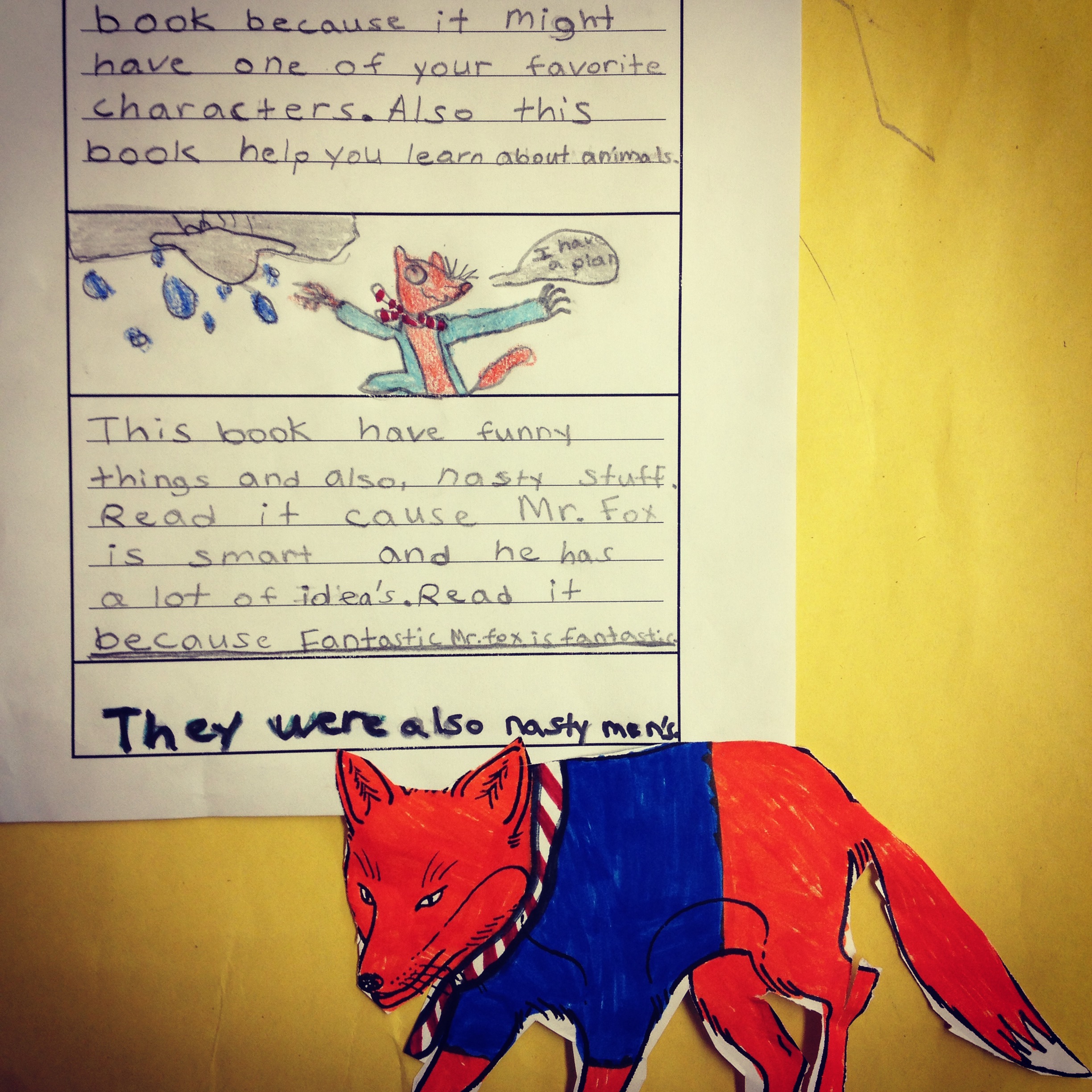
Integrating Lessons
[flickr id=”8669534991″ thumbnail=”medium” overlay=”true” size=”original” group=”” align=”none”]
Integration of subject matter is a teaching goal that’s talked about a lot both in the field and at Columbia. It’s most frequently discussed when thinking about the arts, as it’s vital to learning that students have multiple ways to express themselves throughout the day. Integrating the arts into content is something that I do pretty innately and didn’t feel that I needed a lot of practice to do well. What I have wanted to work on throughout my student teaching, however, is finding ways to integrate subject matter into other subjects, so students are able to transfer knowledge from one subject to the next. I’ve been working on this for the past week and have found it to be an extremely complicated, yet satisfying, task.[flickr id=”8669532273″ thumbnail=”medium” overlay=”true” size=”original” group=”” align=”none”]
It started with my cooperating teacher asking me to focus a few weeks on animals in Science, on Fantastic Mr. Fox in Language Arts, and in persuasive voice in Writing. I saw a weak connection between fictional foxes and a study of animals, but I wanted to make it stronger. After reading through the book, I realized that the crux of it focuses on Fantastic Mr. Fox losing his home and creating a new one for his family. I decided that the best transfer of knowledge would exist if we focused on woodland animals and a discussion of their habitats. So that’s where I started.
I then realized that Roald Dahl does a lot of work in Fantastic Mr. Fox to convince us that Mr. Fox is fantastic while making the farmers seem pretty horrible. I decided to introduce persuasive writing in this way, asking the students to find quotes, descriptions, and actions of the characters that Dahl used to convince the readers of what to think about his characters. We completed graphic organizers on the book and compared our ideas together.
[flickr id=”8670635610″ thumbnail=”medium” overlay=”true” size=”original” group=”” align=”none”]
I then introduced the concept of writing an ad to convince a new reader to pick up a copy of Fantastic Mr. Fox. As we worked on this in Writing, I introduced two readings about woodland habitats in Science from their Storytown books. We read One Small Place in a Tree and A Tree is Growing and discussed the animal relationships with their environments. Meanwhile I had them keeping a journal at home of their own habitats. In Language Arts we joined teams to cut out leaves where we printed our new facts about animal habitats and used them to help us remember words like burrow, den, and the names of animals, trees, and leaves. We then reached the point in the book where Fantastic Mr. Fox needs a new home. I asked the students if they thought they could write a persuasive ad to Mr. Fox convincing him to move to a habitat that they would create. I challenged them to use their new science words, to think about who his neighbors would be, and to think about the needs of a whole family of foxes. Next week we’ll be building a big tree which will be full of our vocabulary leaves and we’ll hang our habitat ads from the trunk to attract foxes to move in. Overall, I’d say I’ve got this integration thing totally nailed.
[flickr id=”8669534443″ thumbnail=”medium” overlay=”true” size=”original” group=”” align=”none”]
